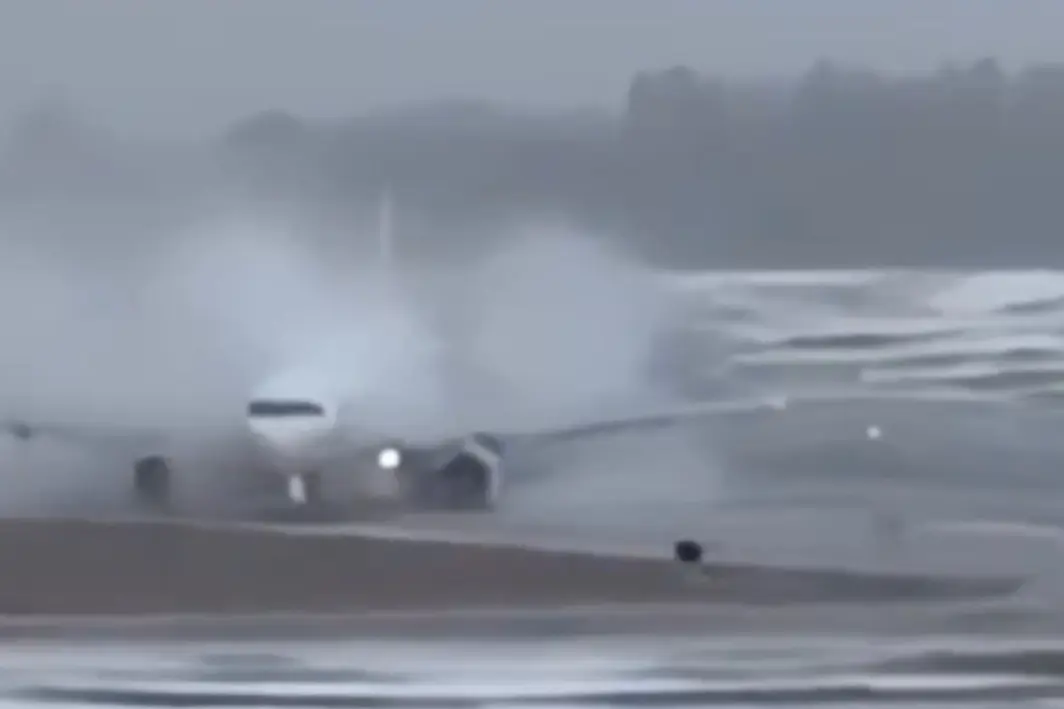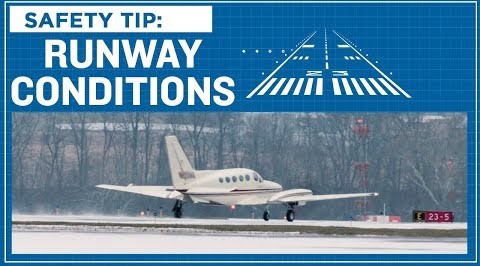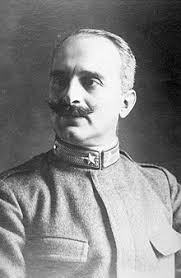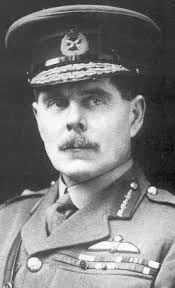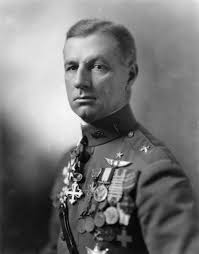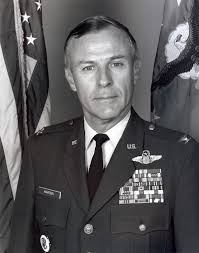The Stockholm International Peace Research Institute (SIPRI), has published data on global military spending for the year 2023. The Gist of it is as follows.
Total global military expenditure reached $2443 billion in 2023, an increase of 6.8 per cent in real terms from 2022. This is the steepest increase since 2009.
The top three largest spenders in 2023 are the United States, China and Russia. Particularly large increases were recorded in Europe, Asia, Oceania and the Middle East.
Four catalysts that encouraged military spending are:-
-
- Russia’s war against Ukraine (supported by the USA, Europe and NATO).
- China’s military rise and belligerent attitude.
- Israel’s war against HAMAS and Iran.
- Organised crimes.
Russia Ukraine War
Russia. Russia’s military spending increased by 24 per cent to an estimated $109 billion in 2023, marking a 57 per cent rise since 2014. In 2023 Russia’s military spending made up 16 per cent of total government spending and its military burden (military spending as a share of gross domestic product, GDP) was 5.9 per cent.
Ukraine. Ukraine was the eighth largest spender in 2023, after a spending surge of 51 per cent to reach $64.8 billion. This gave Ukraine a military burden of 37 per cent, representing 58 per cent of total government spending. Ukraine’s military spending in 2023 was 59 per cent of that of Russia’s. However, Ukraine received at least $35 billion in military aid during the year, including $25.4 billion from the USA. Combined, this aid and Ukraine’s military spending were equivalent to about 91 per cent of Russian spending.
USA & NATO. The USA remains NATO’s major spender but European members increased their share In 2023 the 31 NATO members accounted for $1341 billion, equal to 55 per cent of the world’s military expenditure. In 2023 most European NATO members increased their military expenditure. Their combined share of the NATO total was 28 per cent, the highest in a decade. Military spending by the USA rose by 2.3 per cent to reach $916 billion in 2023, representing 68 per cent of total NATO military spending.
China’s Rise & Belligerent Attitude
China. China, the world’s second-largest military spender, allocated an estimated $296 billion to the military in 2023, an increase of 6.0 per cent from 2022. This was the 29th consecutive year-on-year rise in China’s military expenditure. China accounted for half of total military spending across the Asia and Oceania region.
Japan & Taiwan. Japan allocated $50.2 billion to its military in 2023, which was 11 per cent more than in 2022. Taiwan’s military expenditure also grew by 11 per cent in 2023, reaching $16.6 billion.
India. India was the fourth largest military spender globally in 2023. At $83.6 billion, its military expenditure was 4.2 per cent higher than in 2022.
Israel & Hamas / Iran War
Middle East. Estimated military expenditure in the Middle East increased by 9.0 per cent to $200 billion in 2023. This was the highest annual growth rate in the region seen in the past decade.
Israel. Israel’s military spending—the second largest in the region after Saudi Arabia—grew by 24 per cent to reach $27.5 billion in 2023.
Iran. Iran was the fourth largest military spender in the Middle East in 2023 with $10.3 billion. According to available data, the share of military spending allocated to the Islamic Revolutionary Guard Corps grew from 27 per cent to 37 per cent between 2019 and 2023.
Organised Crime
Central America and the Caribbean. Military spending in Central America and the Caribbean in 2023 was 54 per cent higher than in 2014. Escalating crime levels have led to the increased use of military forces against criminal gangs in several countries in the sub-region.
Dominican Republic. Military spending by the Dominican Republic rose by 14 per cent in 2023 in response to worsening gang violence in neighbouring Haiti. The Dominican Republic’s military spending has risen steeply since 2021 when the assassination of Haitian President Jovenel Moïse threw Haiti into crisis.
Mexico. In Mexico, military expenditure reached $11.8 billion in 2023, a 55 per cent increase from 2014 (but a 1.5 per cent decrease from 2022). Allocations to the Guardia Nacional (National Guard)—a militarised force used to curb criminal activity—rose from 0.7 per cent of Mexico’s total military expenditure in 2019, when the force was created, to 11 per cent in 2023.
The largest percentage increase in military spending by any country in 2023 was seen in the Democratic Republic of the Congo (+105 per cent), where there has been protracted conflict between the government and non-state armed groups. South Sudan recorded the second largest percentage increase (+78 per cent) amid internal violence and spillover from the Sudanese civil war.
Comments
The unprecedented rise in military spending is attributed to the global deterioration in peace and security.
Russia’s increase in military spending is the cost associated with the digestion of Crimea in 2014 and Ukrainian regions now.
Ukraian’s spending (a high amount of 58% of total govt spending) is difficult to sustain without foreign aid. Further, it will need money for the reconstruction of the country.
Two years of war in Ukraine has fundamentally changed the security outlook in European NATO states. The change in threat perception is reflected in growing shares of their GDP being directed towards military spending.
China is directing much of its growing military budget to boost the combat readiness of the People’s Liberation Army. This has prompted the governments of Japan, Taiwan and others to significantly build up their military capabilities. China’s growing military power is driving up the expenditure of its neighbours and threatened states.
War and tensions in the Middle East have fuelled the biggest spending increase of the past decade. The spending has increased mainly driven by Israel’s large-scale offensive in Gaza in response to the attack on southern Israel by Hamas in October 2023.
In recent years, diplomatic relations between Israel and several Arab countries have been warming up. The outbreak of a major war in Gaza has created fears of a region-wide conflict.
Military action against organised crime to suppress gang violence has been a growing trend. It also pushes up spending, as the governments are unable to address the problem using conventional means.
Bottom Line
Ultimately the common man suffers the ills of war.
Moreover, this money could be used constructively for development and improvement of quality of life.
Points to Ponder
The defence industry is the ultimate gainer.
Are they encouraging the unrest?
Suggestions and value additions are most welcome
For regular updates, please register here:-
References and credits
To all the online sites and channels.
Disclaimer:
Information and data included in the blog are for educational & non-commercial purposes only and have been carefully adapted, excerpted, or edited from sources deemed reliable and accurate. All copyrighted material belongs to respective owners and is provided only for purposes of wider dissemination.

